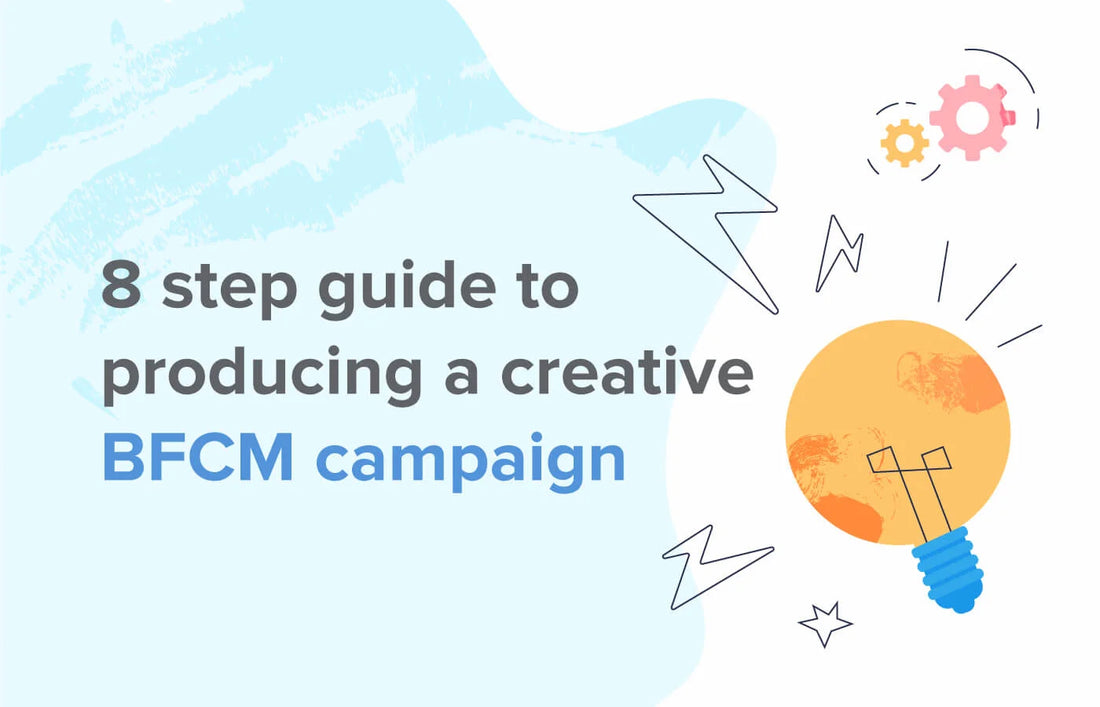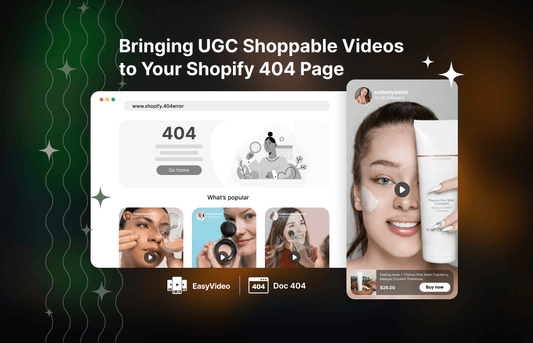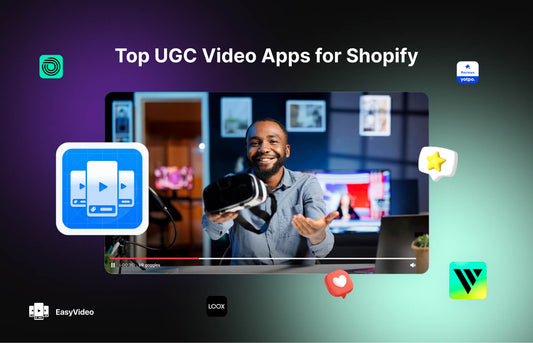You should take a shower! Seriously, you should!

No, nothing to do with your personal hygiene (I’m sure it’s excellent). But it is to do with ...
Creativity!!!
When you think of creative ad campaigns, there’s a good chance Old Spice’s “The man your man could smell like” is one of the first to pop into your head. What makes it creative? Lots of things, but here are just a few:
- It flipped the traditional way of presenting male toiletries by speaking directly to women, not men;
- But it still appealed to a young male demographic through quirky humour;
- It kept true to its brand values (luxury and quality), but found a fresh new way to communicate this point (“Here’s an oyster with 2 tickets in it to the thing you love …”).
And taking a creative approach worked. Like, really worked. As in sales-rose-107%-in-a-month-and-Old Spice-became-the-No.1-brand-of-bodywash-and-deodorant-in-the-US worked.
But that’s not why you should take a shower!
See, whenever campaigns like Old Spice’s hit, the same phrase can be heard from Heads of Marketing across the land: “Why don’t we do something creative like that?” Or how about counting the number of blogs you’ve read that tell your to “be creative” with your marketing. As if all it needed was for someone to tell us that, and suddenly a viral creative campaign would pop out of thin air.
The reason these experiences are so frustrating is that no-one tells you to come up with a creative campaign. As in, first do this, then think about this, then do this.
And that’s where the shower comes in
The reason you should take a shower is that it helps you be more creative!! (Now for the science part) Activities like showering or exercising create dopamine, which help us to think in different ways, ways which are conducive to creativity. In other words, it’s part of the creative process.
And that’s what this blog is all about – processes and activities you can actually do, either individually or as a team, that will help you come up with more creative ideas. In it, I’ll share with you a step by step process that you can follow for coming up with a creative marketing campaign.
And what better place to start than planning your campaign for Black Friday Cyber Monday (BFCM)?
Stand out for BFCM
We all know how HUGE BFCM is!! And HUGE is good because it means the biggest potential sales of any shopping day of the year. But HUGE is also bad because it means loads of competition.
Amid all the buzz and noise and deals, it can feel pretty difficult to get your voice heard. A smart solution to this is to add some more creativity to your marketing campaigns. Being creative with your campaign can help to:
- Increase traffic to your site;
- Generate leads over the weekend that you can follow up after;
- Create a lasting impression, not just a one off sale.
So, with no further ado, here are …
Your 8 steps to a more creative Black Friday campaign
Step 1 – Completing your creativity compass
What is it?A tool to help you clearly set out your brand, your audience and your goals for the campaign. I call it a creativity compass because it helps to direct your creativity. For your campaign to be successful, it will need to be consistent with all the four parts of your compass.
Time required: 1 hour
Recommended number of participants: 3-4
Your brand
Ask yourself these questions:
What 3 words define how you want your customers to feel when they interact with your brand?
What makes you unique or sets you apart from the competition?
You can also look back through:
- Your brand book / style guide
- Your tone of voice
- Your values (or the about us section of your website)
This will remind you of how you have already defined your company and brand.
Your business goals for BFCM
Think about the following possible goals for the Black Friday Cyber Monday weekend and list them in order of priority.
1. Increasing revenue (sales)
2. Increasing profitability (average order value)
3. Offloading excess inventory
4. Acquiring new long term customers
Of course, you can also identify other business goals for your campaign and add them to your list.
Your audience
Hopefully you already have a buyer persona for your brand. If you do, remind yourself of it. If you don’t, spend some time developing one if you can.
Now answer this question:
What are your customer’s Black Friday Cyber Monday expectations?
To answer this question, you can think about:
- Your previous campaigns (what has worked, what hasn’t worked, any feedback you’ve received).
- Your competitors’ campaigns (what deals do they typically offer? How do they present them?)
Your marketing channels and resources
This one is straightforward. You need to define:
1. Your marketing budget
2. The channels you expect to be using for the campaign (I’ll say a bit more about this after I’ve gone through the 9 step guide).
3. Personnel and working hours. Who will work on your campaign? How many hours can they dedicate to it? Do you need to bring in freelancers or third parties to help?
Completing your creativity compass will have a couple of really big advantages:
1. It establishes a clear focus for your campaign, and this will help to focus your creativity too.
2. Thinking about your brand and audience will already kick off the creative process and get your ideas flowing.
Step 2 – Generating initial concepts for your Black Friday campaign
What is it? When people think of creativity, this is usually what they imagine. A brainstorming session where team members throw out idea after idea. Make sure someone is keeping a record of all the ideas you come up with.
Time required: 2-3 hours
Recommended number of participants: 3-4
I suggest assembling a small team for this (3 or 4 tends to work best in my opinion). You can always ask for opinions or ideas from other members of your team before this session. Just don’t try to have a brainstorming session with 20 team members – it will be a mess.
A couple of rules for this stage:
1. No saying no. Even a bad idea can have the seed of a good idea inside it. So keep everything at this stage.
2. Be disciplined about time. This is not the final decision, so finish the session after 2 – 3 hours - you’ll just become tired and unfocused if you carry on any longer.
Tip: Stuck for ideas? Don't be afraid to repurpose existing concepts or content. You don't need to reinvent the wheel – and your audience probably hasn't seen that content nearly as much as you have. You may be able to come up with interesting new ways to present the same basic content.
Step 3 – Letting the ideas percolate
What is it? It’s shower time. Or exercise time. Or cooking time. Or whatever is going to help your head get into that creative space. After your first idea generation session, aim to leave about a week to give people time to think over the ideas informally. See which of the ideas your mind naturally gravitates towards. Or perhaps you’ll hit upon something completely new.
Time required: 0 work hours (as many cooking or shower hours as you like)
Step 4 – Creating a shortlist of 3 concepts
What is it? Going from all the ideas you have generated down to 3 great concepts that you can develop further.
Time required: 2 hours
Recommended number of participants: 3-4
Ideally, the same people who participated in the idea generation session will be in this session too. First, see if anyone has come up with any more great ideas during the percolation stage. Then pick out the top 3 ideas. Your answers on the creativity compass (step 1) can help you decide which ideas best fit your needs.
A good way to do this is to ask all participants to write down their 3 favorite ideas. If any ideas made it onto every participant’s list, stick it on your shortlist – this may be enough to get fill 1 or 2 spots already. Then note down the others mentioned and discuss until you get it down to your final 3.
Just like the ideas generating session, be disciplined with your time. The more time you give yourselves, the more you will procrastinare over picking an idea – and you will probably end up with the same shortlist at the end of it all. So be decisive and agree you have to leave that 2 hour session with 3 concepts selected.
Step 5 – Developing your 3 ideas
What is it? Now you have a short list, it’s time to dive deeper into each of your 3 potential concepts for your Black Friday campaign. This can be done individually (one person per concept) or in your team of 3 or 4. Start to flesh out the concept with ideas for slogans, visuals, hashtags, and videos. This step is really important because next you’re going to be sharing your concepts and getting some feedback. The ideas need to be well-developed so that outsiders can make sense of them and give valuable feedback.
Time required: 3 hours – 1 per concept
Recommended number of participants: 3-4
Tip: Be disciplined in your mindset when it comes to what stage you're at. Once you have agreed on a shortlist of 3 ideas, stick with them – don't go back to the idea generation stage. Likewise, when you're in the idea generation stage, try to avoid raising technical or practical issues. Of course your ideas can't be wildly unrealistic, but as long as they're close enough to your budget and timeline, let them be for now.
Step 6 – Gathering more opinions
What is it? Share your 3 campaign concepts with a wider audience within your company and ask for feedback. You can run a poll or conduct short 5 minute interviews to gather individual insights. Keep note of which concepts people like most, and also any suggestions on how they might be improved.
Time required:1 – 2 hours
Recommended number of participants: Whole team
Tip: I wouldn't recommend doing this as whole team meeting – generally the loudest voices will dominate and other opinions may be drowned out. Plus, these meetings can easily take you back to steps you have already covered – people might suggest new concepts or start discussing your brand identity.
Step 7 – Making your final decision
What is it? Get back to your original group of 3 or 4. Start by sharing the insights from your team members. You should also revisit your creativity compass again and evaluate which of your campaign concepts is closest to it.
Then pick your winner – you can use the same process as you did in Step 4, but this time with each participant only picking 1 concept.
Time required: 2 hours
Recommended number of participants: 3 – 4 participants
Step 8 – Planning the execution of your campaign
What is it? Congratulations – you’ve come up with a winning concept. And trust me, that is the hardest part. Now you need to decide on exactly which channels you’re going to use and what content you’re going to need. Then set a schedule, allocate your budget and divide out the tasks. Don’t forget to define your KPIs for the campaign. This will be really important in understanding if the campaign was a success, and will help you create an even better one next year.
Time required: 2 hours
Recommended number of participants: 3 – 4 participants
Content channel ideas for your Black Friday campaign
Here are some suggestions on the types of content you should be creating for the whole of your campaign, starting before BFCM and finishing up after.
Before Black Friday
- Sneak peaks on social: With your concept and deal decided on, start generating buzz with sneak peaks on your social channels of what will be on offer. Don’t forget that shoppers start looking well before BFCM weekend, and are even expecting deals to run for the whole of Black November.
- Paid ads in Sept and Oct – You need to be running these before November to build a list of leads you can remarket to on the BFCM weekend (avoid paid ads over that weekend – they are very expensive). These ads could give a sneak peak of the BFCM deals you’ll be offer, and you can use them to do some A/B testing of images and copy so you’re fully prepared for the big weekend.
- Snail Mail – Something creative (as this is a blog about creativity). Try good ole postage to raise awareness of your upcoming deals – a great solution to inbox inertia.
- Influencers – If you’re a fashion, fitness, cookery or homeware brand, get the word out early amongst your influencers. See how your concept and deal resonates with them, and you can always tweak it before the big weekend.
During the BFCM weekend
- Remarketing - Remember those paid ads from September and October? Now you can remarket your deal to anyone who interacted with them. This will make your paid advertising more focused, improving ROI when ads are at their most expensive.
- Messenger bot marketing – Got customers to your site? Now it’s time to engage them, and Messenger bots are a great tool for this. Apps like Tobi are great for doing this on your Shopify store. The create a bot flow specific to your BFCM deal.
- Email marketing – If there’s any time of the year shoppers are likely open a promotional email, it’s BFCM. Though the open rates won’t be as impressive as other channels like Messenger or SMS, email marketing still works.
- SMS and push notification marketing – Another great way to keep customers engaged and onto your site – these channels are especially useful if you’re running day-by-day discounts on different items. You can send out an SMS or push notification every time you start a new deal using a Shopify app for push notifications and SMS such as Firepush.
After the BFCM weekend
- Abandoned cart messages – Don’t think of abandoned carts as lost sales, think of them as gained leads. After the weekend, try using SMS, push notifications or Messenger to reach out to customers who abandoned a cart during the BFCM madness. You can even offer them an additional discount to close the sale.
- Returns campaign – Returns are a fact of life after BFCM. Instead of feeling disappointed, organise some offers to try to make a new sale. 95% of shoppers who are satisfied with the returns process will shop with you again, so make returns simple and easy, then follow up with a new offer.
- #givingtuesday – Giving Tuesday has become a tradition for the day after Cyber Monday. So why not tie this into your campaign, and finish of BFCM by giving something back. It’s a great opportunity to build affinity with your brand and convert one off customers into loyal ones.
So, there you have it. An 8 step process you can follow to ensure you generate a really creative idea, plus some tips on the channels you need to use for Black Friday Cyber Monday success.
Phew, I’m off for a shower!!




